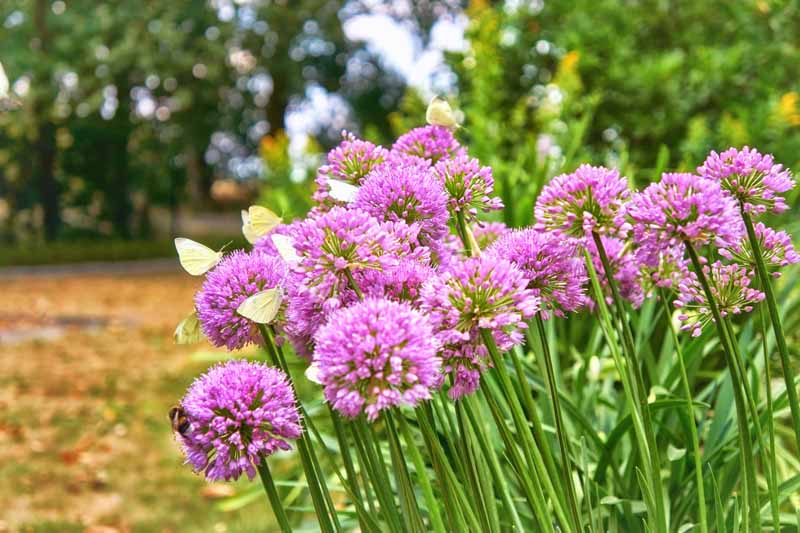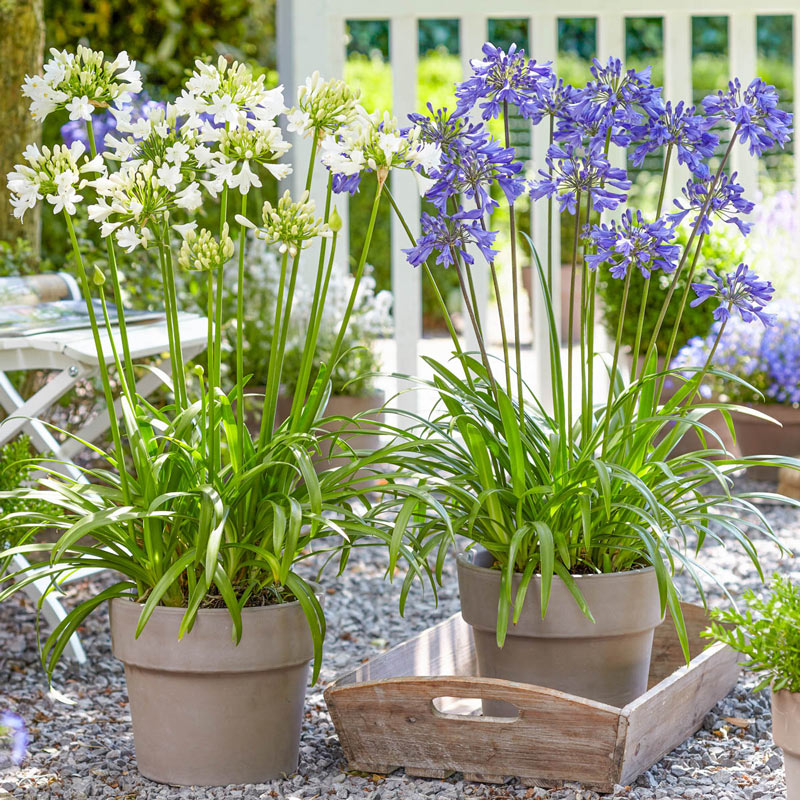Grasping the Art of Agapanthus Treatment: Important Actions for Healthy And Balanced Development and Vivid Blossoms
In the world of horticulture, the cultivation of agapanthus stands as a satisfying venture for those that seek to support these elegant flowering plants. With their striking blooms and stylish foliage, agapanthus has actually caught the interest of garden enthusiasts worldwide. Nonetheless, accomplishing ideal development and vibrant blooms needs a nuanced strategy that incorporates different vital actions. From selecting the best range to mastering trimming techniques, the trip towards cultivating thriving agapanthus plants is complex and holds the vital to opening the full potential of these agricultural gems.

Choosing the Right Agapanthus Range

When selecting the appropriate Agapanthus selection for your yard, think about elements such as climate viability, flower color, and development behavior. Agapanthus, typically called Lily of the Nile or African lily, is available in a range of colors ranging from shades of purple and blue to white. Select a blossom color that matches your existing garden palette to develop an unified landscape. In addition, take into consideration the climate in your region to make certain the Agapanthus range you choose can thrive in your details problems. Some selections are a lot more tolerant of chilly temperature levels, while others like warmer environments. Comprehending the growth practice of various Agapanthus selections is important for appropriate positioning within your yard. Some varieties have a clumping development routine, perfect for boundaries or containers, while others have a more spreading nature, appropriate for ground cover or mass plantings. By carefully assessing these elements, you can pick the excellent Agapanthus variety to boost the beauty of your garden.
Ideal Growing Problems
Considering the optimum environmental needs is important for effective Agapanthus farming. Agapanthus prospers in well-draining soil with a slightly acidic to neutral pH degree. When growing, choose a place that obtains complete sunlight to partial shade. In hotter environments, giving some mid-day shade can protect against scorching of the leaves. Agapanthus plants are delicate to cool temperature levels and should be secured from frost during winter season months.
To make sure healthy and balanced growth and lively flowers, plant Agapanthus light bulbs at a depth of regarding 2-4 inches and area them 8-12 inches apart. Adding raw material, such as compost, to the soil can improve water drainage and fertility, promoting durable root advancement. Mulching around the base of the plants helps retain moisture and subdues weed development. Regular watering is important, especially during the growing season, to keep the dirt continually wet but not soaked.
Watering and Fertilizing Tips
Maintaining proper moisture degrees and offering necessary nutrients are vital components in the care routine for Agapanthus plants. When it comes to sprinkling Agapanthus, it is crucial to strike a balance. These plants like constantly damp dirt yet are vulnerable to root rot if overwatered.
Fertilizing Agapanthus is necessary for advertising healthy growth and respected flowers. Use a well balanced fertilizer, such i was reading this as a 10-10-10 formula, in the very early springtime as brand-new growth emerges. By complying with these watering and fertilizing pointers, you can ensure your Agapanthus plants flourish and create vibrant, lasting blooms.
Pruning Strategies for Agapanthus
Trimming Agapanthus plants at the proper times and with proper methods is critical for preserving their wellness and advertising ideal development and blooming. The optimal time to prune Agapanthus remains in late wintertime or early springtime prior to new growth emerges. Beginning by eliminating any yellowing or dead leaves near the base of the plant. Cut them as short as go to my blog possible without damaging the arising shoots.
For flowered stems, wait till the blooms have withered and then trim them back to the base. This not just cleans up the plant's appearance however also urges the growth of new blossom buds. Deadheading invested flowers can additionally reroute the plant's power into creating more flowers rather than setting seeds. However, if you intend to accumulate seeds for breeding, leave some flowers to fully grown and dry on the plant.
Bear in mind to utilize tidy, sharp devices to make precise cuts and minimize the risk of introducing illness. Agapanthus. Normal pruning will assist maintain your Agapanthus looking cool and healthy while making sure a plentiful display screen of gorgeous blooms
Taking Care Of Usual Pests and Conditions
After making certain appropriate trimming strategies for Agapanthus, it is vital to address usual pests and illness that can influence the health and vigor of these plants. Agapanthus plants are generally durable but can still drop sufferer to certain concerns. One usual pest that impacts Agapanthus is the Agapanthus gall midget. This small, orange fly lays its eggs in the vegetation, leading to altered development and flower buds that fall short to open up. To combat this insect, trim and ruin any kind of damaged plant components and take into consideration using insecticidal soap.
Another usual issue is fungal leaf spot, which provides as dark lesions on the leaves. To stop fungal diseases, ensure great air circulation around the plants, avoid above watering, and get rid of any type of contaminated leaves quickly. Furthermore, Agapanthus plants can struggle with origin rot if they are grown in improperly draining soil. To avoid this, plant Agapanthus in well-draining dirt and prevent overwatering. By being alert and taking prompt activity versus parasites and conditions, you can aid your Agapanthus plants grow and create lively flowers.

Conclusion
Finally, grasping the art of agapanthus treatment entails selecting the appropriate variety, offering optimal planting conditions, appropriate watering and fertilizing, appropriate trimming strategies, and dealing with usual insects and conditions. By following these vital actions, you can make certain healthy development and vivid blooms for your agapanthus plants. Remember to routinely keep an eye on and preserve your plants to promote their total wellness and long life.
To make sure healthy growth and vivid blossoms, plant Agapanthus bulbs at a depth of regarding 2-4 inches and room them 8-12 inches apart. By complying with these watering and fertilizing pointers, you can guarantee your Agapanthus plants grow and produce vibrant, long-lasting blooms.
One common pest that influences Agapanthus is the Agapanthus gall midget. In addition, Agapanthus plants can endure from origin rot if they are grown in badly draining pipes soil. By following these important steps, you can guarantee healthy growth and vivid blossoms next page for your agapanthus plants.
Comments on “Expanding Agapanthus: A Complete Guide to Beautiful Blooms”